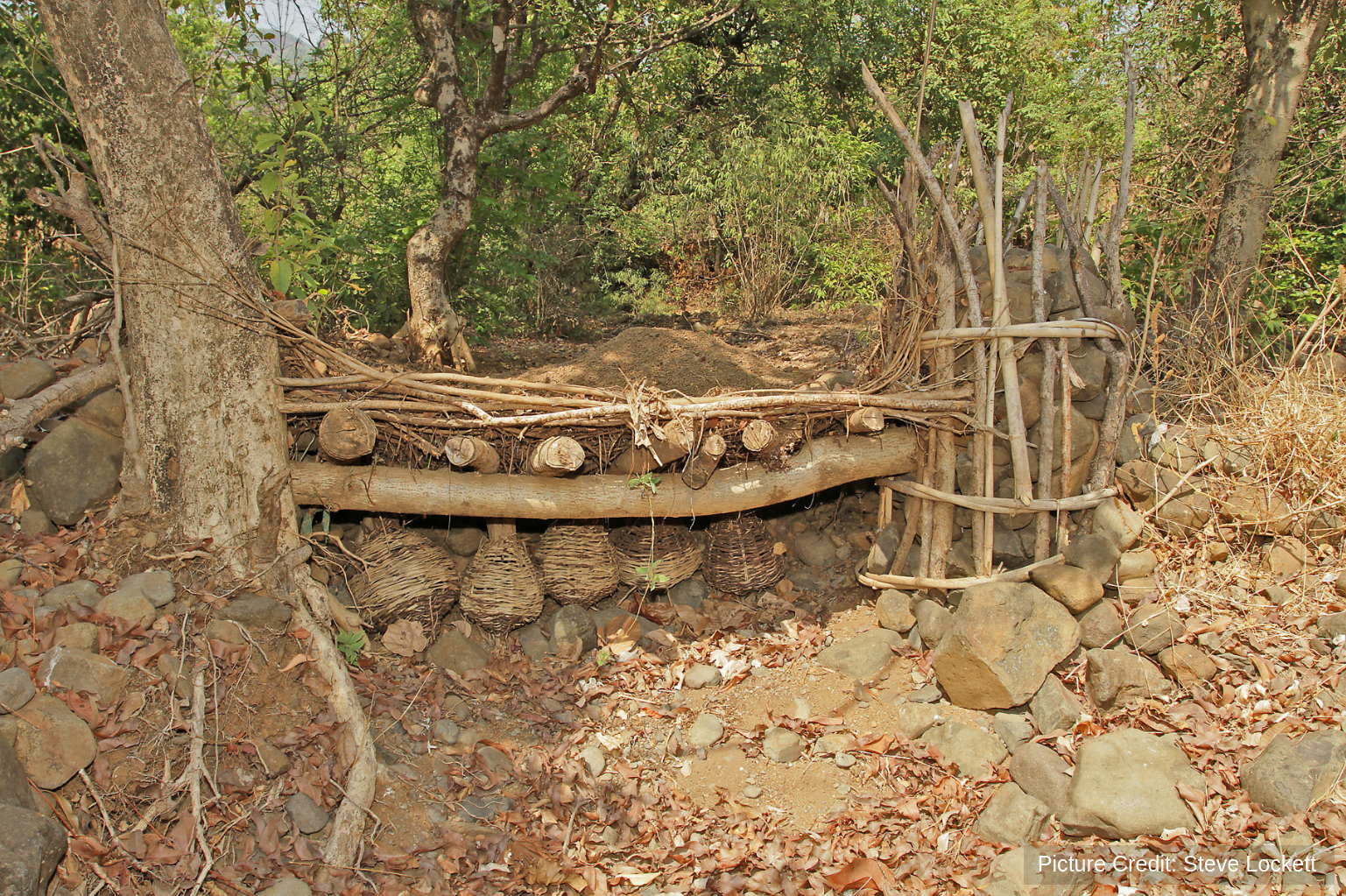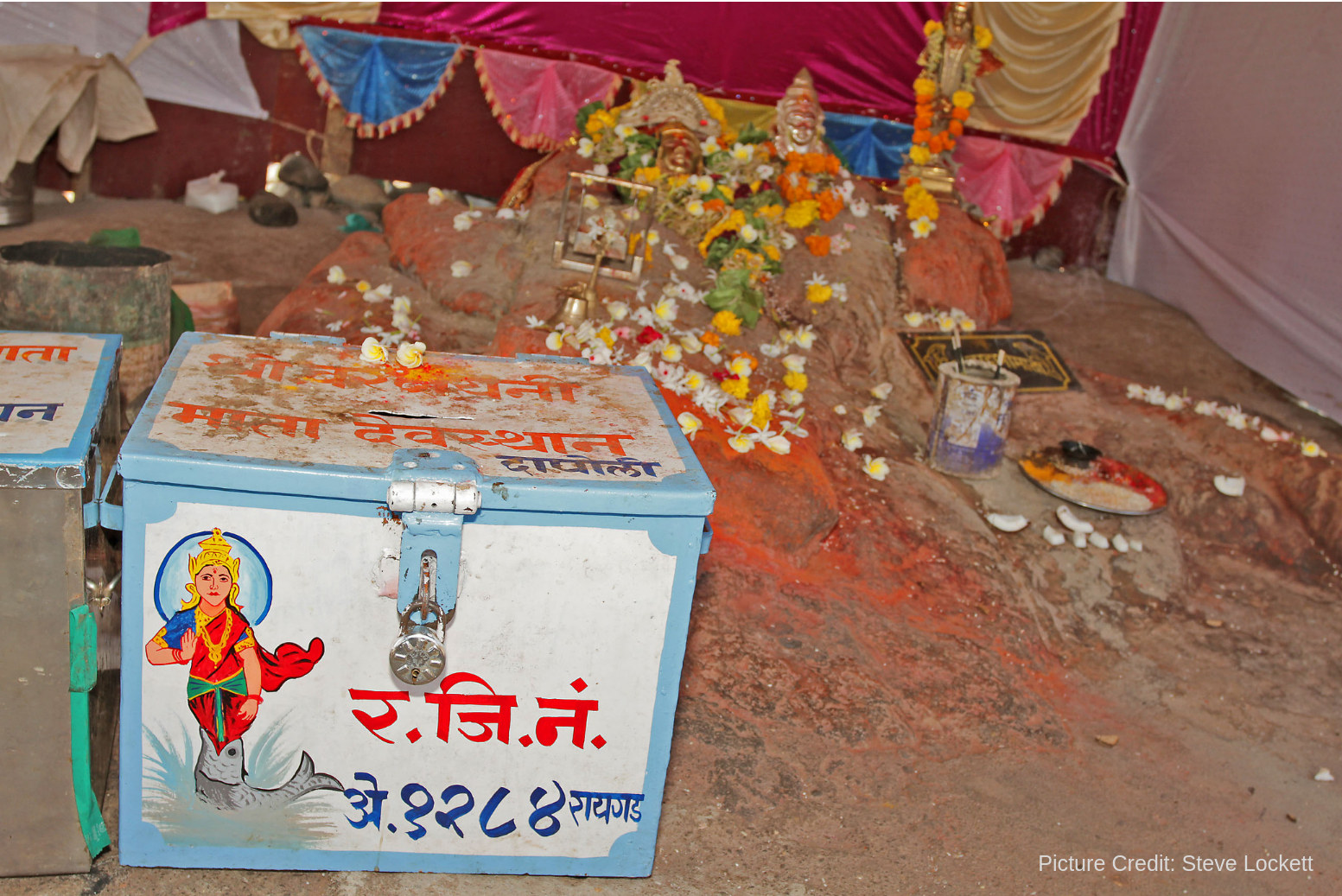Choose life: Guest post by Steve Lockett, Mahseer Trust
Is sand worth dying for? For all the biodiversity that makes up the life living in and around a river, removal of substrate can be a death knell. Those who illegally mine sand and gravels are prepared to kill to protect their illicit trade. And for those who live alongside rivers, take away the stabilising sand, gravel and rocks, and they will, sooner or later, have to face catastrophic floods. “Just as forests are more than only trees, rivers are more than water.” Wise words from Marc Goichot of the WWF Greater Mekong Programme . Sadly, many of those who control access to rivers across the area where I work, southeast Asia, seem to not understand this. They see rivers as power generator, water supply and flushing toilet, with no other value. Luckily, I imagine that you, the reader, are already aware of the many ecosystem services rivers and streams offer, one of which is sediment transportation. As I demonstrate the background to my experiences with sand extraction, and how it adversely affects lives, keep in mind that this is only one facet of a river’s worth.
Sustainability
The critically endangered hump-backed Mahseer
While I want to conserve the Critically Endangered Hump-backed Mahseer of India’s River Cauvery, and others may feel the need to save the three-toed tree crab, or whatever, the ability to demonstrate value to local communities is an essential step. The fish I work with are now found in two small, isolated populations, and their survival depends on successful reproduction. Many fish and aquatic insects lay eggs on gravel. The size of gravel depends upon the species laying the eggs. Other fish, amphibians and birds use sand-rooted plants for egg laying. It is all habitat, the most important consideration for conservationists.
Tell-tale signs of sand mining on an Indian river
In the small villages along the upper courses of main river tributaries, the locals know about the annual migration of mahseer at the onset of the rains. The fish are heading for clean gravels and shallow water, the locals know that they have to allow the fish to breed if they are to have sustainable fishing later in the year. As the fish drop back towards the main river following spawning, local fishermen use the sand to bury selective fish traps. Nets are strung below bamboo tubes of differing diameters, so that they capture fish of a good size to eat, while allowing the very smallest and the largest to pass through or around.
There is a special link between the fish, the habitat and the lives of those living in the river basin. By understanding how the villagers use the river, which includes taking small amounts of sand and rock for building, it is possible to work with them, to reinforce their historic knowledge, and alongside to help them understand how and why river processes are vital further downstream.


Mafia
There has been a very worrying increase of attacks, including fatalities inflicted upon those who stand in the way of the so-called sand mafia, in many of the countries where I work. Very recently, there have been deaths of journalists who were working to expose the criminal gangs. Even the police, guardians of law and order, have been targeted .
It is easy to blame corruption as the framework for how and why these killers are allowed to not only get away with their crimes, but also to continue to remove the life-sustaining sand after the event. In many places, political sponsorship is rife, and blackmail and bribery can easily prey upon officials and locals alike.
In Vietnam, a new decree has not only stated an aim of reducing sand mining by illegal gangs, it has also introduced penalties for those officials who should enforce the law. Not only do those who work with sand pirates stand to be reprimanded, those officials who are found to not be applying the law can also face sanction.
Lack of enforcement is far and away the largest threat to rivers across the region, not only with regard to sand mining, but also on pollution and effluent dumping, destructive fishing methods and logging. In so many cases, each country has robust environmental laws, but they are not, or are only very patchily, applied. This lack of enforcement increases when criminal gangs hold a gun to the heads of community leaders and government officials.
Climate Change
In August 2018 there were two disasters in south India, in areas where I have worked extensively for the last 20 years. The one taking all the headlines was in Kerala, where over one million people were affected, and more than 300 lost their lives. Not far away, in the small, proud region of Kodagu, known to the many who live and work there as Coorg, villages were destroyed by collapsing hillsides.
The baseline reason for these disasters is undoubtedly the freak rainfall over a very short time span. In Kerala, the monsoon downpour dropped 75% of the monthly total in a single day. As the climate changes, such intense events are becoming more frequent all around the world, but there are some contributing factors that make tropical rivers much more deadly.
Hard engineering in rivers is a major contributor to flood-induced deaths. Introducing concrete to a river basin either moves sediment through the system too fast, in the case of culverts and flood-prevention banking, or stops sediment transmission in the case of dams. Add in the large scale removal of sand and gravel, either lawfully, or by the mafias, and the river will find a way to bite back.
It is all to do with flow velocity. Substrate plays a key role in slowing the river’s force. So adding hard surfaces and removing sand is a double whammy. When extreme rainfall hits, the river becomes a much more powerful, raging beast. Capable of sweeping away whole hillsides in Kodagu, covering villages in Kerala, and also able to move far larger pieces of debris, which are themselves a silent assassin for those unlucky enough to be in their path.
Conclusion
I have many friends in Kodagu and Kerala, most of them involved with keeping the rivers healthy and safe to live alongside. They worship the rivers, they understand that sand is part of the life of a river. Let us hope that through our words and actions, we can stand alongside them to repel the sand pirates and their supporters who would put them in mortal danger in the hunt for a fast buck.
About the author
Steve Lockett
Steve Lockett is Education and Outreach Officer for Mahseer Trust . His early career as a professional musician took him halfway around the world. A follow-on 30 year’s parallel careers as music teacher and photo journalist allowed him enough time to spend 20 years working on Asian rivers.
More on sand-related deaths


